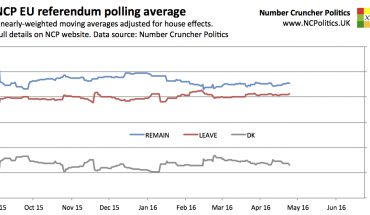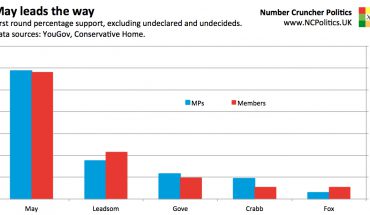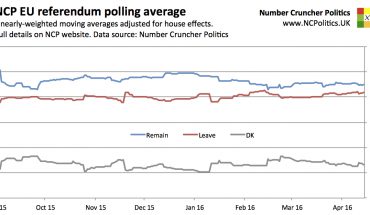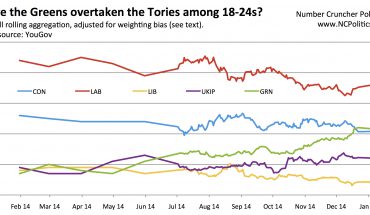So today's the day. I've made some tweaks to my early results benchmarks in response to feedback. To recap, the first version of the model used the dispersion from the 1997 devolution referendum. This had the benefit of using known, real vote tallies, motivated by the uniformity of the swing between the 1979 and 1997 referenda. But disconnect between devolution and independance views led to odd results in certain areas.
The second version used the estimates of the 2010 westminster vote shares by local authority combined with partisan yes/no splits from opinion polls. This gave much more intuitive results than the first version, but had no way of adjusting for regional patterns specific to this referendum.
This third version includes uniform adjustments at regional level based on polling data. This has similar caveats to the second version.
Areas where I’m particularly cautious include the islands – the regional adjustment is based on polling of the highlands and islands region but clearly the islands could be very different to the highlands and some people have indeed suggested this.
Here is the updated dispersion, normalised to a 50-50 national tie, with the previous two methods for comparison:
As always, feedback is welcome.
I’ll be online through the night to comment on how the results shape up as they come in.





